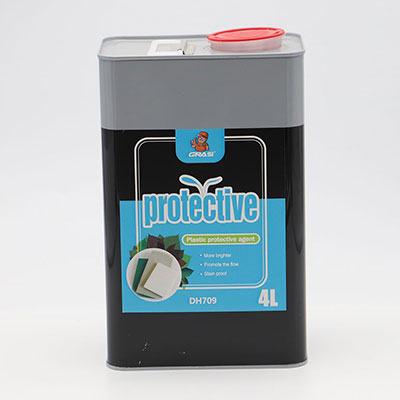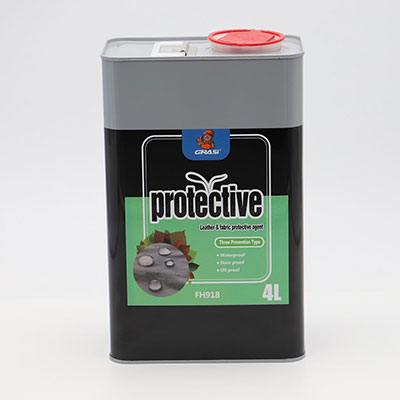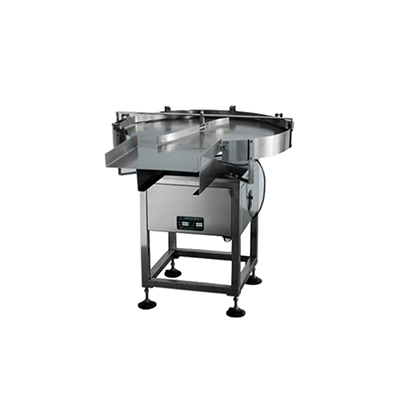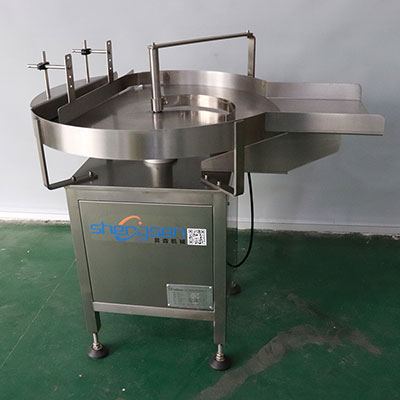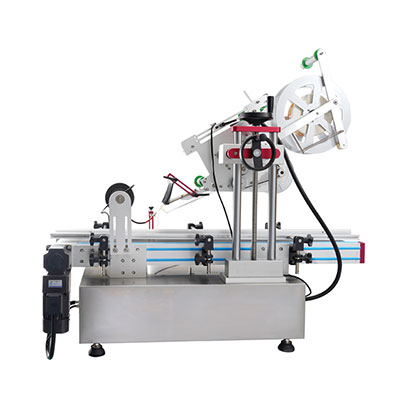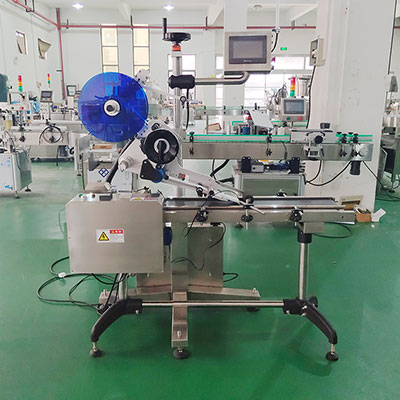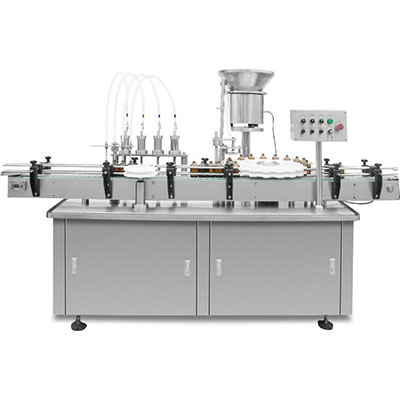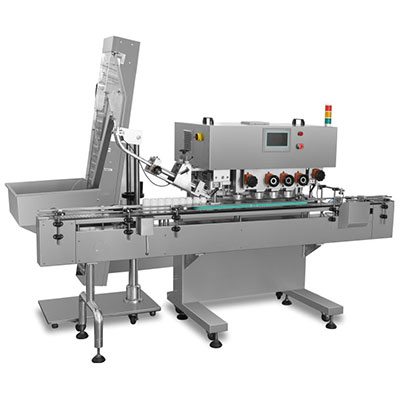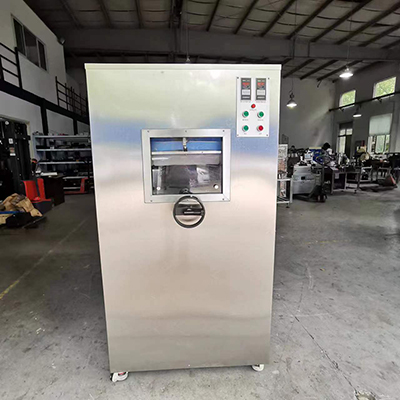Cement Production Line
A typical process of cement manufacture consists of six stages: crushing, grinding, calcining, cooling, ball milling, and classification. Our company offers to design, manufacture, and install the cement production line according to customer specific requirements.
1. Initial Milling and Pre-homogenization
I. Crushing and Grinding
Limestone is the primary constituent raw material for cement manufacture. It usually comes in very large size and high hardness after being extracted from the quarry. As well as limestone, other materials are required to manufacture cement clinker. They are clay, ironstone, and coal. Most of these materials need to be crushed and ground to provide fine particles necessary for blending.
II. Blending on the Cement Production Line
Fine raw materials are stored in a pre-homogenization pile. This mixture is called raw mix, which contained blended material in the desired proportion.
2. Raw Material Preparation
Typically, at least 3 tons of feed stocks including raw material, fuel, gypsum, clinker, and mixture need to be ground for each tone of cement produced. The process of initial milling (crushing and grinding), blending, calcining, cooling and ball milling (final milling) can be described as dry or wet depending on how the raw material is handled. In a dry process, feed material is in a dry, powdered form. It has been proved that the milling process (including both initial and final milling) takes up more than 70% of total power needed to finish the cement production, with raw material milling, coal grinding, and cement clinker grinding (final milling) accounting for 30%, 3%,and 40% respectively. Hence, operating cost can be reduced by selecting a set of cost-effective, energy-efficient milling equipment.
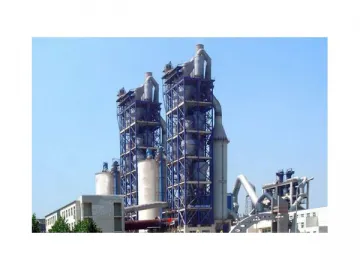
3. Raw Material Blending
Blending raw materials in required proportion is a prerequisite to producing concrete clinker of the desired composition.
4. Suspension Preheater
The suspension preheater on the cement production line performs part of functions that previously carried out by the rotary kiln. The addition of suspension preheater lowers the length requirements for the rotary kiln. Previously, heat exchange between the gas and piled solids takes place in the rotary kiln. Now, the same process could happen in the preheater. Vortex created in the preheater cyclone increases the contact area between the hot gas and cold material. This heat exchange technique reduces the energy consumption of rotary kiln.
I. Raw Material Separation
80% of heat exchange takes place at the inlet of the preheater tube on the cement production line. As properly-blended powder is fed into the preheater tube, it is met by a rising hot gas stream coming from the preheater cyclone. The cyclone is a conical tube into which dust-laden air is fed.
II. Gas-Solid Separation
Dust laden gas stream is passed tangentially downward to the bottom of the cyclone and then turns back to rise before leaving the discharge duct.
III. Pre-Calcination on the Cement Production Line
The emergence of pre-calcination technique marked a significant point in the development history of cement calcinations process. Based on this technique, a combustion chamber is added between the preheater and rotary kiln. A duct that connects the out end of the rotary kiln to the inlet end of combustion chamber is available, too. A suspension burner is attached to the combustion chamber.
The limestone calcinations process needs tremendous amount of heat that is now can be obtained from the combustion chamber. This calcinations method enables a 90% limestone decomposition rate. Most fuels are now supplied to the chamber, though there is still a small portion that is routed to the rotary kiln. This greatly reduces the heat load that burdens the kiln, resulting in improved usage life of the kiln lining and increased volume of output.
5. Sintering
After pre-calcination is done, the sintering operation commences. This process involves temperature rise followed by quicklime melting and nodulization whereby the power materials combine to form nodular cement clinker. The finished clinker has to pass through the cooler before it is conveyed to storage. Waste heat are re-circulated for improved thermal efficiency and product quality.
6. Ball Milling
Ball milling on the cement production line is the final stage of cement manufacture, which also consumes the largest amount of electricity among all these stages. In a ball mill, the granulated cement pebble goes through fine grinding to produce cement powder of desired fineness and specific surface area. During this process, gelantinizer and other additives might be added in order to make the cement powder meet the specific setting and hardening requirements.
7. Packing
The finished cement can be transported in bulk or bags to the market.
Related Names
Cement Making Machine | Cement Production Plant | Cement Manufacturing Equipment
Links:https://globefindpro.com/products/85415.html
-
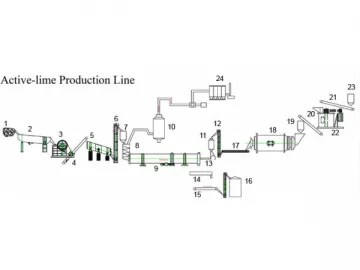 Active-lime Plant/Quicklime Plant
Active-lime Plant/Quicklime Plant
-
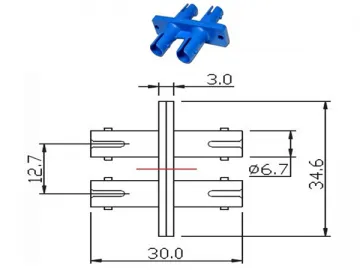 SC/LC/FC/ST/MU/D4/DIN Fiber Optic Adapter
SC/LC/FC/ST/MU/D4/DIN Fiber Optic Adapter
-
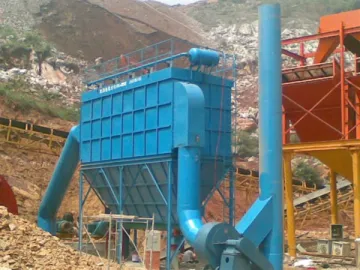 Pulse Jet Dust Collector
Pulse Jet Dust Collector
-
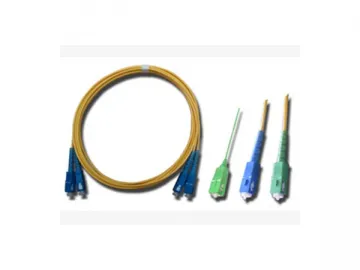 SC/LC/FC/ST/MU/D4/DIN Fiber Optic Patch Cord
SC/LC/FC/ST/MU/D4/DIN Fiber Optic Patch Cord
-
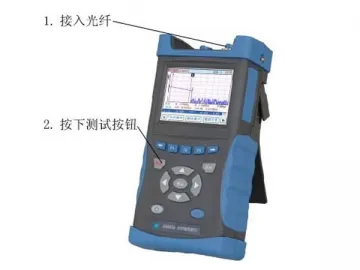 Optical Time Domain Reflectometer
Optical Time Domain Reflectometer
-
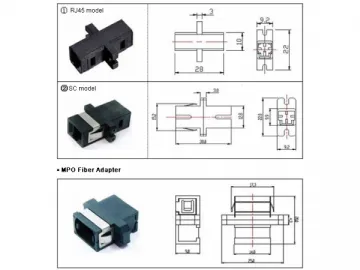 MT-RJ/MPO Fiber Optic Adapter
MT-RJ/MPO Fiber Optic Adapter
-
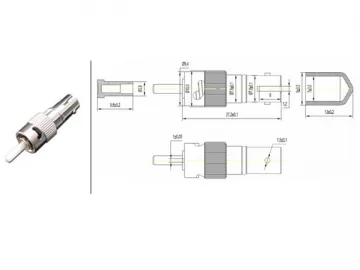 Plug-in Type Fixed Attenuator
Plug-in Type Fixed Attenuator
-
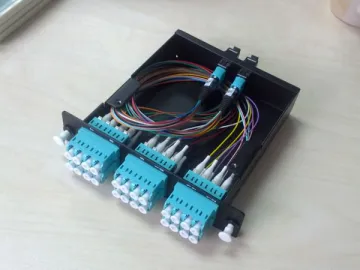 MPO Fiber Optic Cassette
MPO Fiber Optic Cassette
-
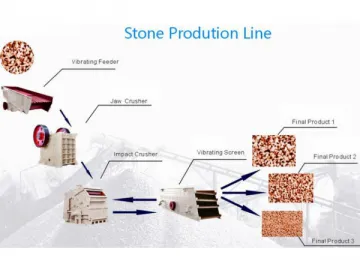 Sand and Gravel Production Line
Sand and Gravel Production Line
-
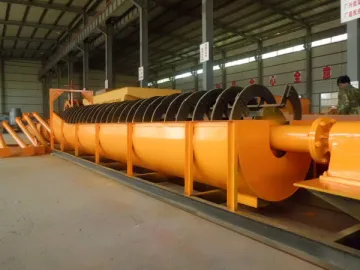 Screw Classifier
Screw Classifier
-
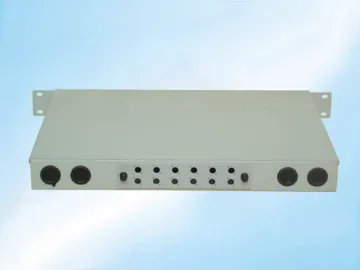 Fixed Type Optical Distribution Frame
Fixed Type Optical Distribution Frame
-
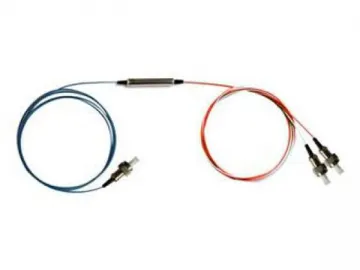 3 Channel WDM
3 Channel WDM

